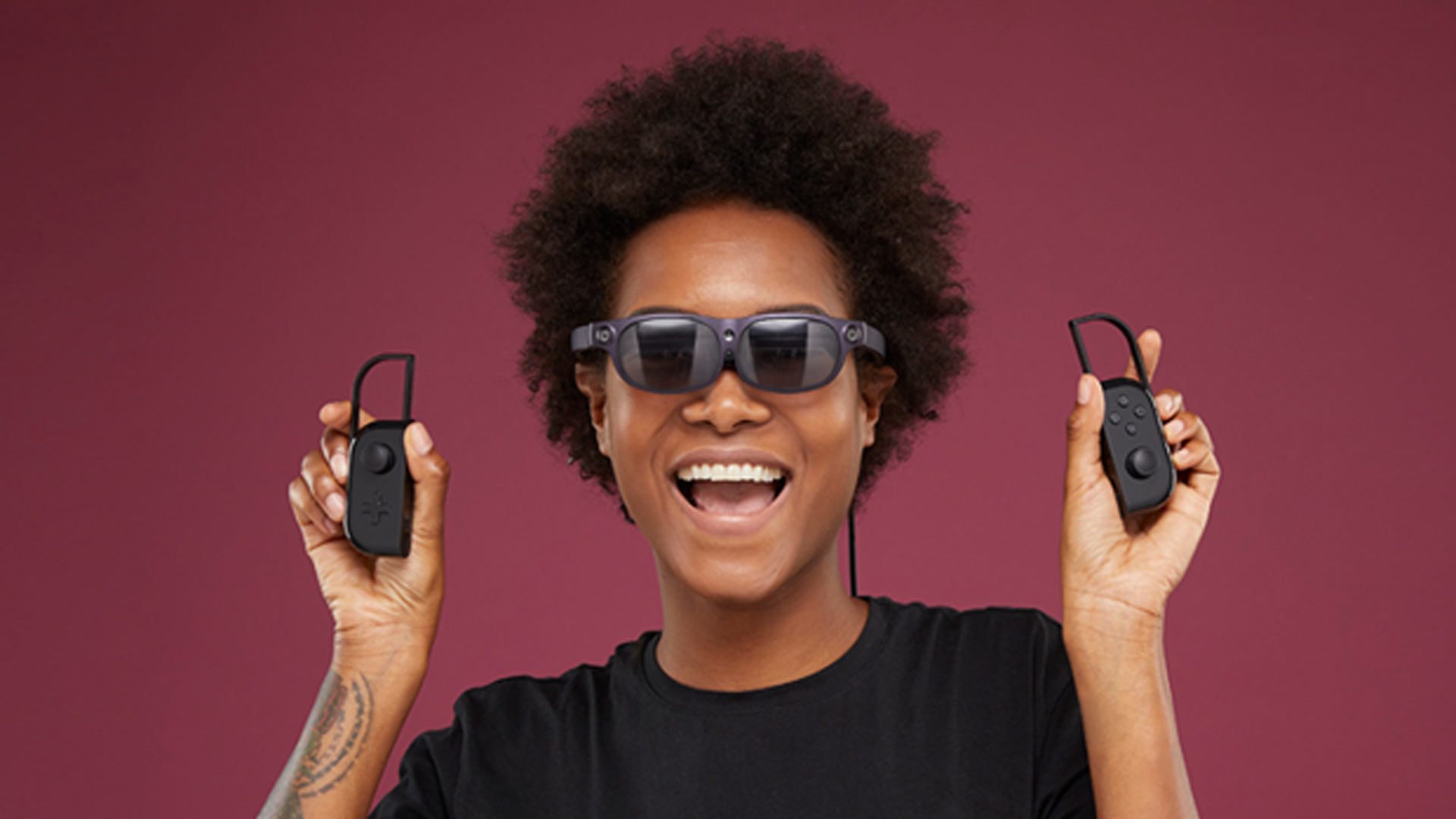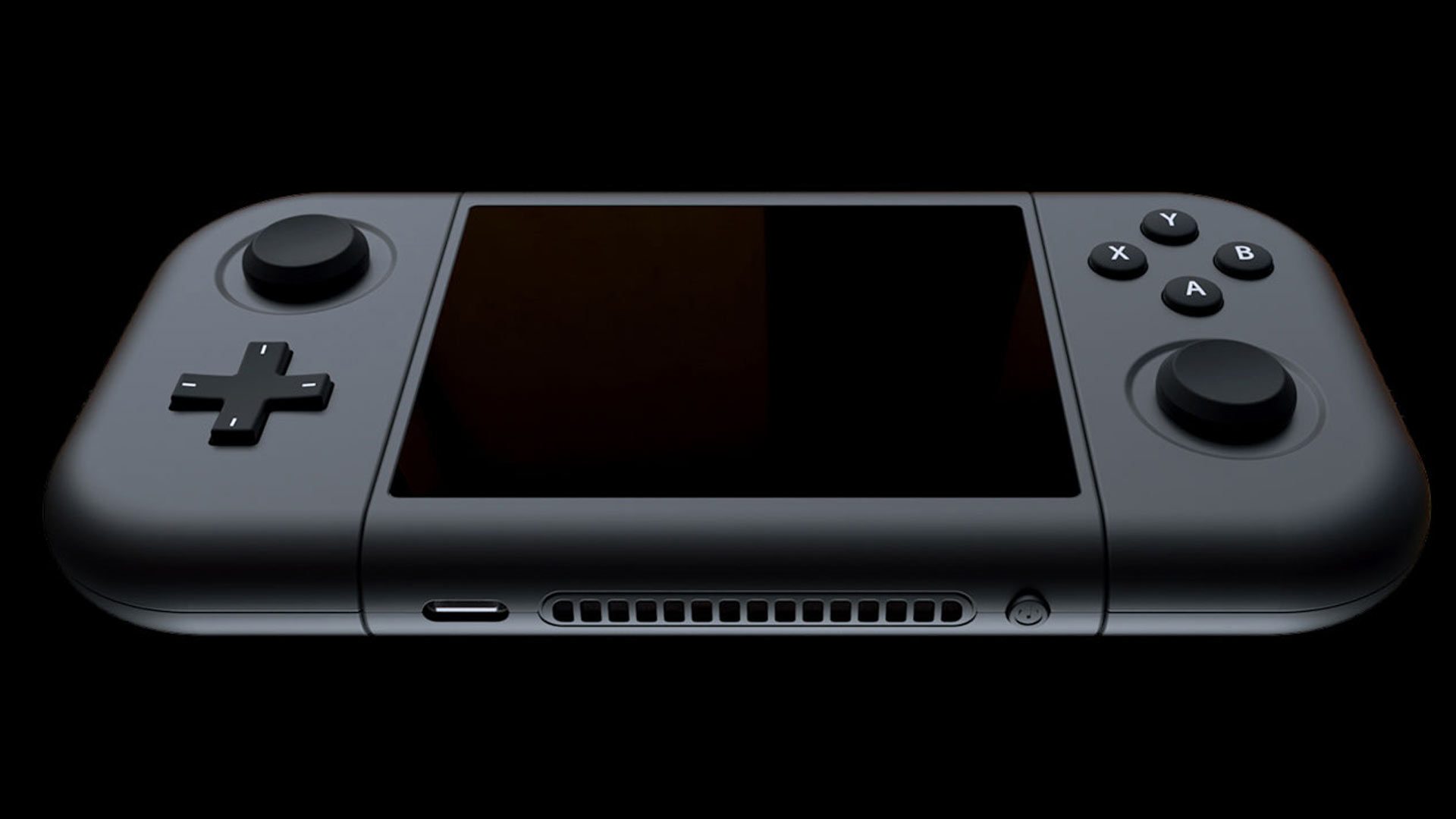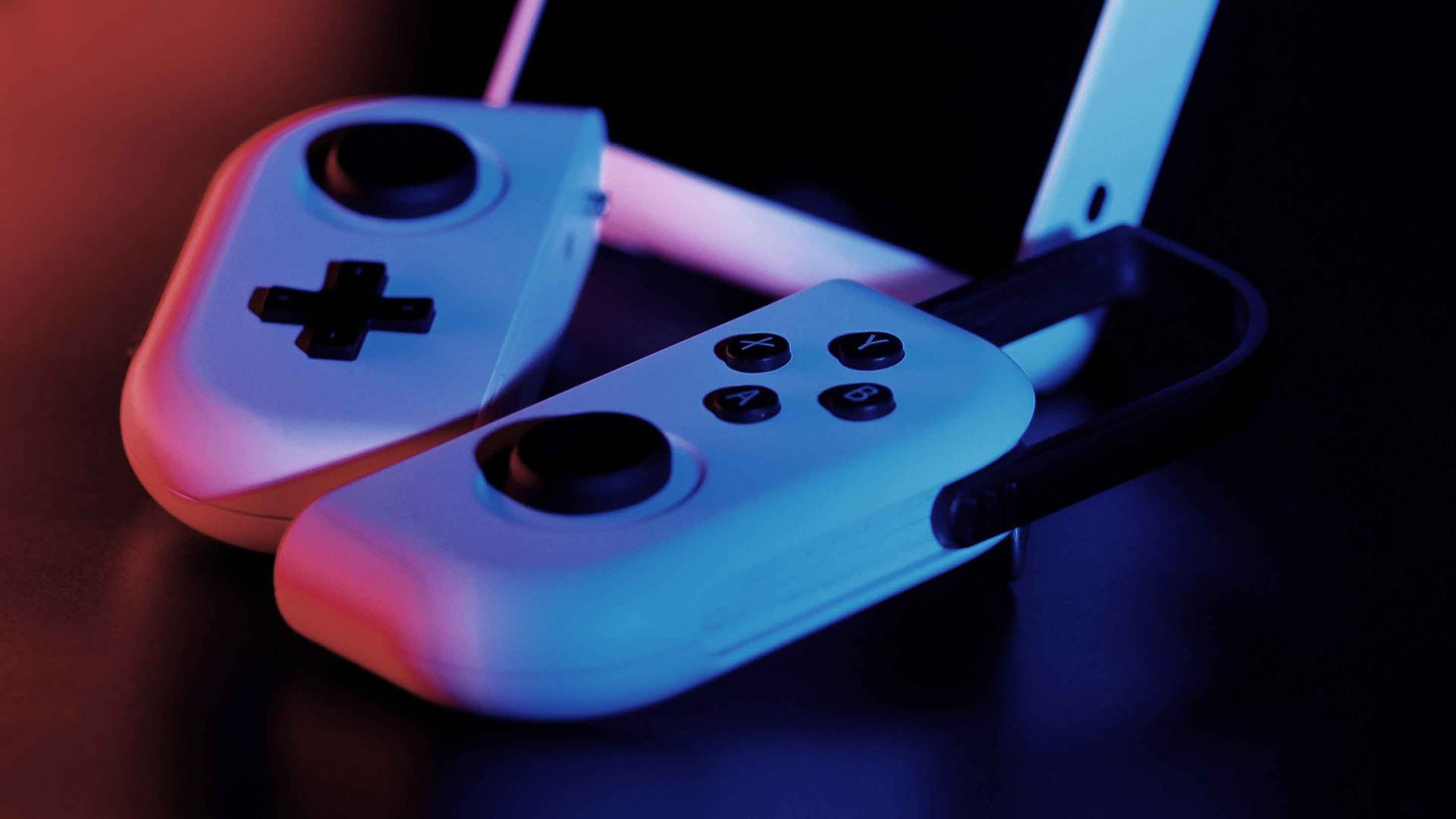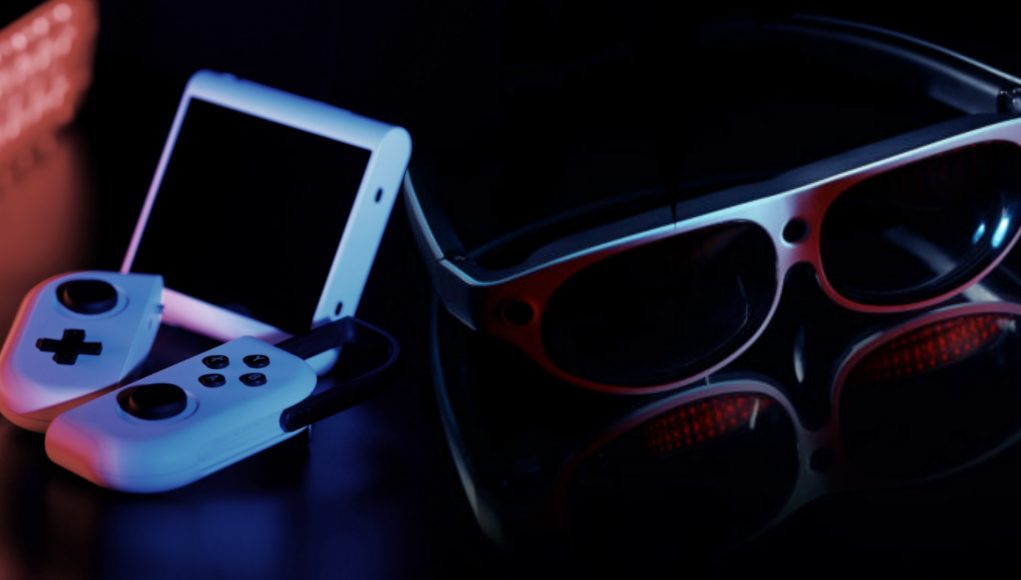Shadow Creator, a Shanghai-based AR/VR headset manufacturer, has partnered with British AR startup PhotonLens to create a new consumer-focused AR headset for gaming and fitness.
Called ‘Honghu’ in China and branded as ‘Photons’ for the international market, the device sports a very Nintendo Switch-inspired compute unit housing a Snapdragon XR2 processor, Qualcomm’s latest AR/VR chipset which is quickly becoming the standard for standalone devices such as Oculus Quest 2.
Photons are said to focus on active gaming and fitness, and will be available for pre-order worldwide within the next 2-3 months via Kickstarter campaign.

Because the rendering hardware isn’t housed with in the glasses themselves, but rather tethered to a Switch-style compute unit with display, Honghu/Photons are said to weigh only 85 grams, or similar to Nreal’s Light AR headset which made a splash back at CES 2020.
The company says in a recent blogpost that the glasses include a 50-degree field of view (FOV), three camera sensors, SLAM headset tracking, and displays boasting “2.07 million pixels per eye.” Audio is provided by two built-in speakers from Harman Kardon.
The compute unit, which houses the Snapdragon XR2, is slated to come with 8GB of RAM, 128GB of memory, Bluetooth 5 connectivity, USB type-C port, a 3,400 mAh battery, and a 1,080 × 1,200 display.

“With the powerful performance of the Qualcomm Snapdragon XR2 platform, our latest Honghu MR glasses have achieved a significant performance improvement, which can fully meet the diverse needs of consumers, operators, and industry customers,” Shadow Creator CEO Victor Sun says.

Photons’ two controllers, which clip neatly into the compute unit, offer 6DOF tracking through what the company calls an “innovative hidden tracking light ring” which protrudes from the top of the controllers.
Photons will made available for pre-order via a Kickstarter campaign launching soon—in December of 2020 or January of 2021, the company says.







